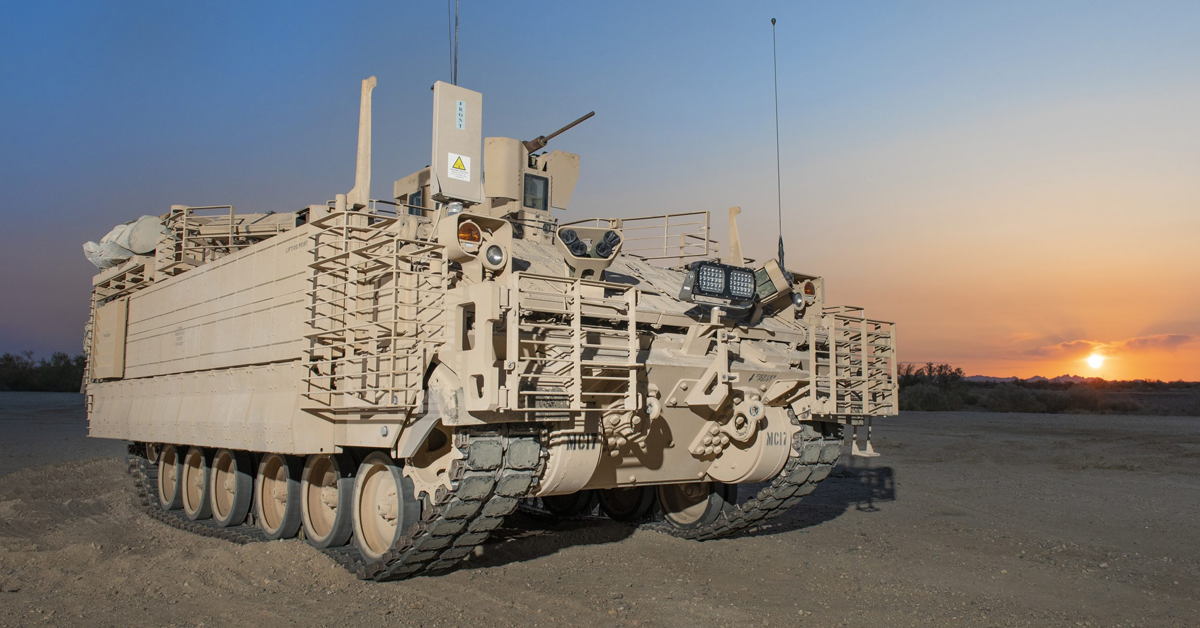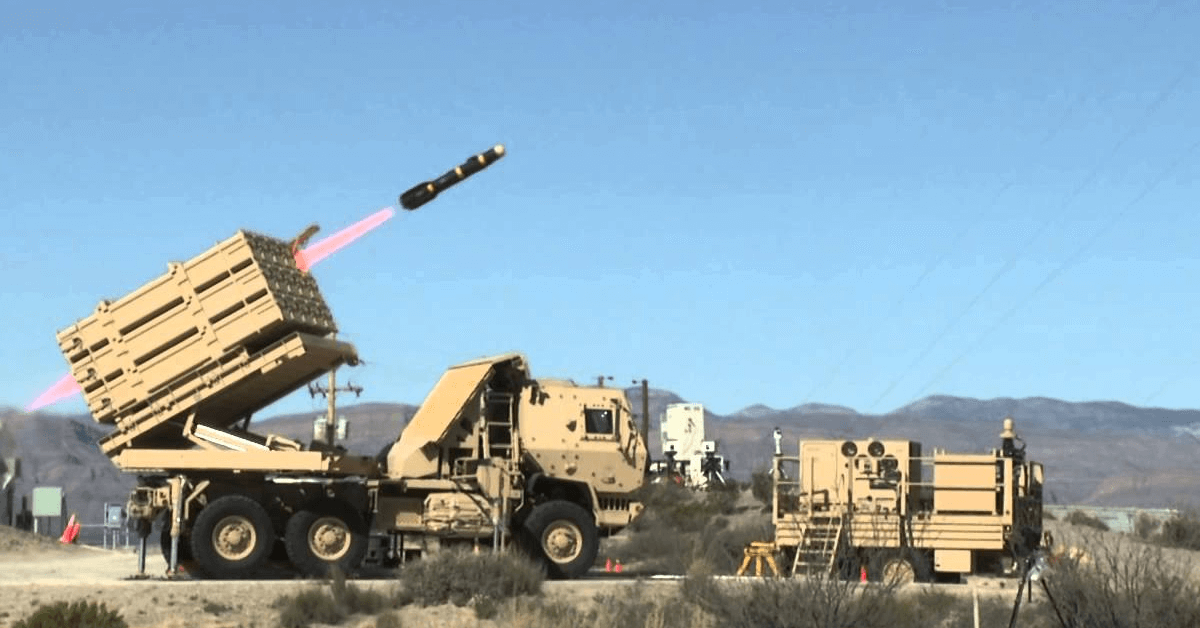To maintain preparedness for current and future conflicts, the U.S. Army has embraced the “Army of 2030,” a momentous modernization effort designed to shift the service branch’s priorities to fit the characteristics of today’s international competition and deploy the technologies necessary to succeed in the evolving battlefield.
The plan is divided into six focus areas: long-range fires, air and missile defense, assured positioning, navigation and timing, maneuvering at speed and scale, networks and soldier lethality.

Top Army officials and industry experts will take a deep dive into these priorities during the Potomac Officers Club’s 8th Annual Army Summit on August 1. At the event, you will hear from Hon. Army Under Secretary and Chief Management Officer Hon. Gabe Camarillo – who will open the event with a keynote address – and numerous other influential speakers and panelists. To learn more and register to attend this exciting summit, click here.
Each pillar of the Army of 2030 effort comprises numerous initiatives, and the service branch has ambitious plans to field 24 new systems by the end of this year and 35 in total by 2030.
Below are just three of the many cutting-edge technologies the Army is currently working on:
Long-Range Hypersonic Weapon
The Army’s Long-Range Hypersonic Weapon is a system that includes a ground-launched missile with a hypersonic glide body and necessary transport, support and fire control equipment. With a reported range of 1,725 miles and the ability to travel at speeds over 3,800 miles per hour, this weapons system is designed to tackle Anti-Access/Area Denial capabilities, defeat adversary long-range fires and combat additional high payoff, time critical targets.
Recently, the Army achieved a major milestone in the LRHW project with the first deployment of the system in March, an accomplishment made by the 1st Multi-Domain Task Force long-range fires battalion, 5th Battalion, 3rd Field Artillery Regiment.
Armored Multi-Purpose Vehicle
Currently, 30 percent of the Army’s Armored Brigade Combat Team’s fleet is made up of the legacy M113 Family of Vehicles, and the service branch is working to replace them with the cutting-edge Armored Multi-Purpose Vehicle. The AMPV offers increased survivability and several variants – General Purpose, Mortar Carrier, Mission Command, Medical Evacuation and Medical Treatment – to meet a range of mission needs. It also addresses the M113’s weaknesses in force protection, mobility and power generation to allow for the adoption of future technologies. Throughout the next two decades, the Army expects to add 3,000 AMPVs to its fleet.
In March, the first of these vehicles were fielded by the 1st Armored Brigade Command Team, 3rd Infantry Division, a key step forward in the AMPV initiative.
Future Tactical Unmanned Aircraft System
Intended to supplant the current RQ-7B Shadow unmanned aerial vehicle, the Future Tactical Unmanned Aircraft System is set to become the brigade commanders’ go-to day/night, reconnaissance, surveillance and target acquisition system. The technology is being built to provide commanders with situational awareness of the battlefield and give maneuver commanders expanded aerial reconnaissance capabilities.
Following the recent completion of the FTUAS Program of Record initiative base period, the Army awarded the option 1 Other Transaction Authority to four companies in May. During this stage, the Uncrewed Aircraft Systems Program Management Office will assess these organizations’ submissions based on performance, cost, schedule, risk and their modular open systems approach.







